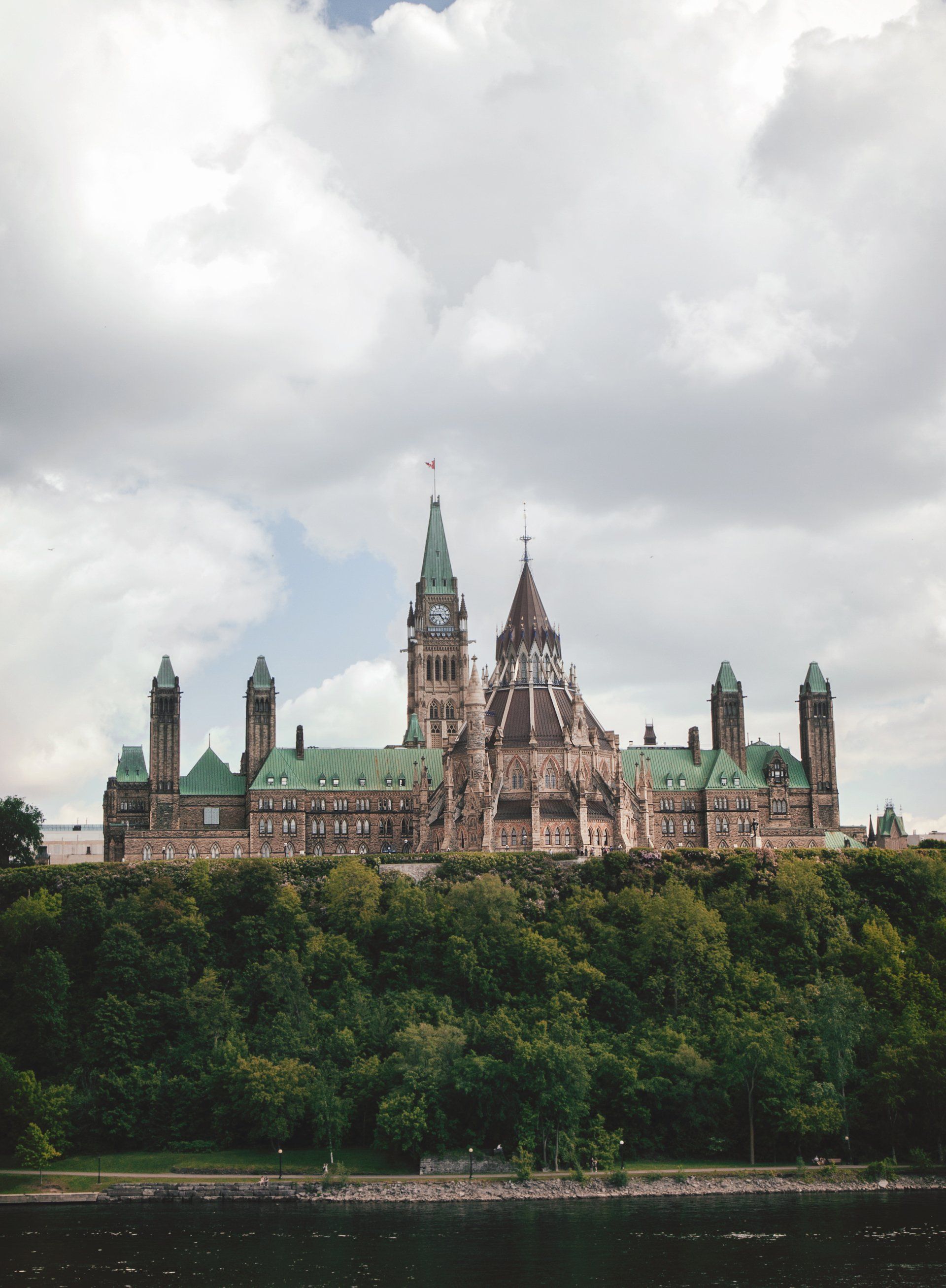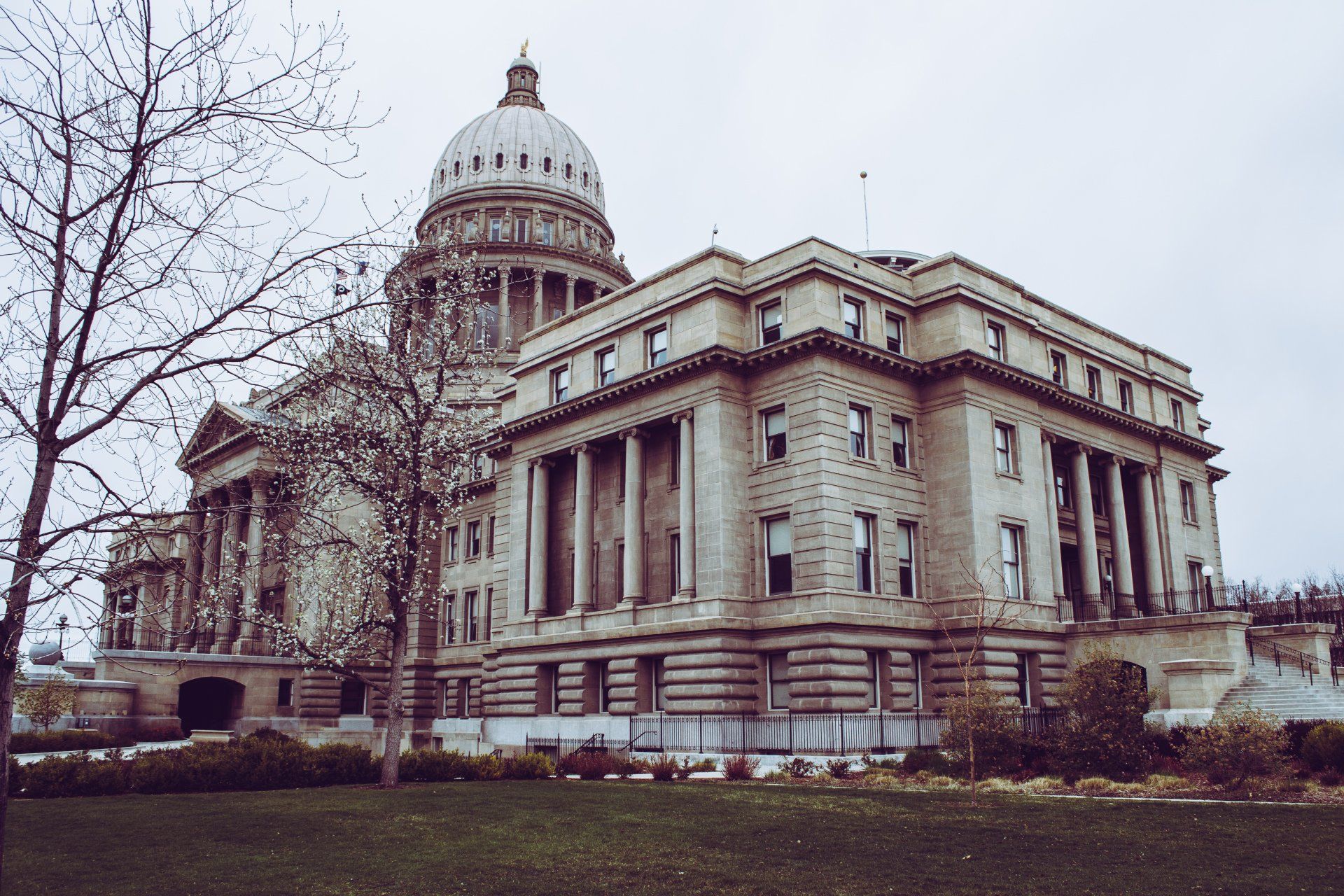Banning Single-Use Plastics
What are the Pros and Cons?
In 2002, Bangladesh became the first country to ban single-use plastics after following the Indian state of Sikkim’s ban on plastic bags and wrappers in 1998. Since then, 60 countries have introduced some form of single-use plastics ban.
Bans are one of several strategies a government can use to address plastic pollution. Others include improving waste management systems, promoting eco-friendly alternatives, generating public pressure, encouraging voluntary reduction strategies, and introducing other policy instruments such as levies.
As bans and other restrictions become more common, we must understand how they are implemented and enforced and whether the benefits outweigh the disadvantages. This article is the first in a series on plastic pollution and waste and will explore the pros and cons of banning single-use plastics.
How Have Plastics Bans Been Implemented?
In most countries, plastic bans have been motivated by reports showing the extent of damage done by plastic pollution locally, regionally, or globally. The government then decides that there is a need to take strict action against plastic pollution and that a ban is the appropriate policy instrument.
Typically, the types of plastic that are most problematic, wasteful, or unnecessary are identified. The government then engages with stakeholders and announces the ban to the public well in advance of the implementation.
Enforcement of the ban is typically done through punishments and fines on individuals or businesses that have been found to violate the ban. Kenya has some of the most severe punishments – an offender can be fined the equivalent of $40,000 or face four years imprisonment. In comparison, New York has imposed a fine of $250 for first offenders, $500 for second-time offenders, and $1000 for subsequent offenses. China’s recent ban carries a fine of between $1,545 and $15,460.
Depending on the state, offenders can include businesses that produce, distribute, or improperly dispose of plastic or individuals and other actors attempting to smuggle plastic or sell the banned products to the public.
Pros of a Single-Use Plastics Ban
Reduced Plastic Pollution and Accumulation of Plastic in the Environment
Plastic pollution in the global aquatic environment costs $13 billion every year. Europe alone spends more than $730 million to clean up plastic waste from coasts and beaches, and this is only scratching the surface of the global problem.
Reducing the consumption of plastic helps to keep it out of waterways and other ecosystems. It also reduces pressure on recycling and waste management facilities which require large amounts of energy, materials, time, and labor to process and recycle materials.
According to a 2018 UN report, 30 percent of countries that have banned single-use plastic bags have reported a drastic drop in consumption within one year. In 50 percent of countries, plastics bans have only recently been implemented and there is not enough data to determine if they have been successful.
Despite a lack of long-term data, there are some promising early results. In California, for example, plastic bags accounted for 7.4 percent of the litter collected in 2010. After a ban was implemented in 2016, the bags only accounted for 3 percent. European countries including Belgium, Denmark, Ireland, and Greece have all reported a significant drop in plastic consumption and litter, while in Africa, Rwanda, Eritrea, and Morocco have all seen a reduction of plastic waste in drains, waterways, and landfills.
Positive Impact on Tourism and International Relations
Reducing plastic waste can help position a country as a leader in sustainability, environmentalism, and international cooperation. Some countries have been able to use this to improve their image and standing on the international stage and attract tourists and other visitors. In fact, a comparison study found that countries that depend more heavily on tourism are more likely to introduce a ban to bolster their green reputation.
Rwanda serves as a leading example of government action toward addressing plastic pollution. In 2005, the Rwandan government introduced a law banning single-use plastics. Its capital, Kigali, was nominated one of the cleanest cities in Africa by UN-Habitat just two years later.
This perception has resulted in a significant boost to the tourism industry. In 2000, tourism revenues were below $20 million. By 2016, they had grown to more than $374 million. Kenya, also dependent on tourism, later introduced a ban of their own in an effort to compete with Rwanda for regional environmental leadership.
Increased Innovation in Sustainable Plastics and Packaging
Bans create demand for more sustainable options to single-use plastics, driving innovation and investment in new technologies. As more countries implement bans or other restrictions, businesses and individuals are incentivized to find alternatives.
In many cases, the funds raised from fines and other enforcement measures are diverted to strengthen more sustainable systems and waste management facilities. Funds can be used to build recycling plants, support research and development into alternatives such as bioplastics, or develop energy recovery programs that capture the potential energy stored within waste plastics.
Cons of a Single-Use Plastics Ban
Business Power and Lobbying
The implementation and enforcement of a ban on single-use plastics are heavily influenced by the strength of the plastics industry within a country. A proposed ban is likely to face resistance by businesses, manufacturers, chemical companies, and others.
Rwanda, which has implemented a strict ban since 2008, has hardly any existing plastic manufacturing companies. The US, in contrast, has more than 880 plastic and resin manufacturing companies. In New York, a ban has faced lawsuits and other opposition. Seventeen states even have policies against banning single-use plastics due to the potential for severe economic hardship to plastic and recycling companies.
Alternatives May Be Worse
Alternatives to single-use plastics such as reusable polypropylene bags, cotton bags, and thicker polyethylene bags are not necessarily better for the environment. For example, reusable polyethylene bags must be used at least 50 times before recycling.
Cotton is an even worse offender. Though it is biodegradable, cotton requires more energy, water, and land resources to produce. An organic cotton shopping bag needs to be reused as many as 20,000 times to offset its environmental impact. Similarly, paper bags are also more energy-intensive and require harmful chemicals such as sodium hydroxide. Paper bags would need to be reused up to 40 times to have a better environmental impact than plastic. If people respond by simply using cotton or other materials, a ban on single-use plastic can end up making the problem worse.
Cost of Enforcement and Implementation
Successful implementation requires inspection, enforcement, and support to ensure compliance. New York, for example, has three government agencies dedicated to carrying out annual inspections or investigations into businesses. The Department of Sanitation also keeps an updated list of restrictions and suitable alternatives, as well as training and educational materials to assist businesses in how to understand and comply with the ban.
While these are necessary measures, they come at an added cost to the system in the form of staff time, administration, logistics, and resources. Some of these costs are covered by the revenue from fines, but improved compliance ends up leading to lower revenue as fewer fines are handed out. When considering how governments can generate revenue from plastics policy, a tax on plastic may be a more suitable alternative to an outright ban.
How Can Governments Successfully Reduce Plastic Waste?
Reducing plastic waste is in everyone’s interest. Plastic disrupts local ecosystems, waterways, and infrastructure, and this can have serious implications for both human and wildlife populations.
The United Nations presents a 10-step roadmap outlining how governments can successfully implement bans, levies, and other policy instruments. The list includes targeting the most problematic and unnecessary plastics first, consulting with stakeholders, assessing alternatives and the expected impact, educating the public, and incentivizing businesses.
Governments should also consider how a ban may disproportionately impact low-income demographics and identify alternative policy options that would reduce the need for plastics in the first place. How each local, regional, or national level government approaches the problem will depend on various factors that will differ across each jurisdiction.
As bans become more common, the initial data suggests that they can work to reduce plastic waste, but only if they are clearly communicated, properly implemented, and effectively enforced.


